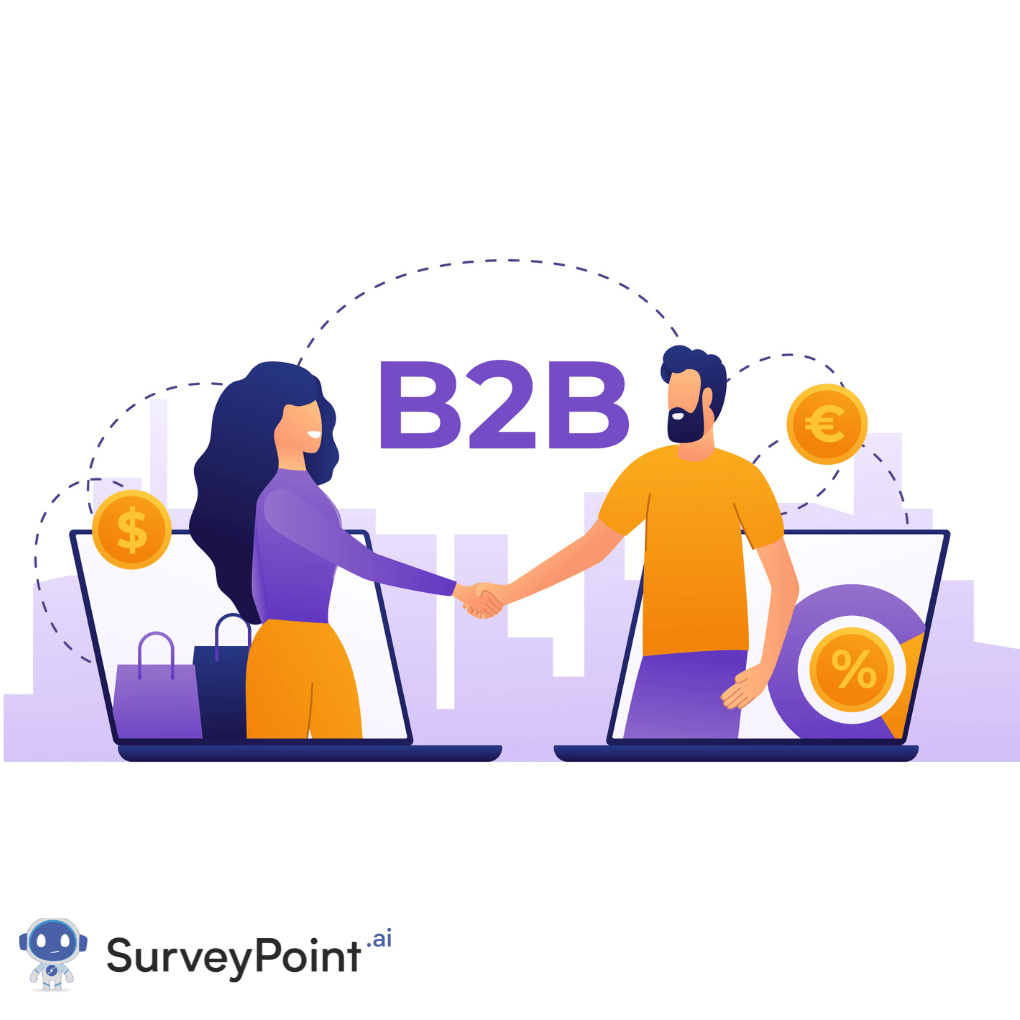
In the world of business, B2B (business-to-business) sales are crucial for driving growth, forming partnerships, and expanding market reach. Unlike B2C (business-to-consumer) sales, B2B sales involve transactions between businesses, often involving larger volumes and more complex decision-making processes. Whether you’re a seasoned sales professional or new to the field, understanding the intricacies of B2B sales can significantly enhance your strategy and results.
Understanding B2B Sales
What is B2B Sales?
B2B sales refer to transactions between businesses rather than between a business and individual consumers. This could involve selling raw materials, wholesale goods, software, or services. The process often involves multiple stakeholders and longer sales cycles, making it essential to adopt a strategic approach.
Key Differences Between B2B and B2C Sales
- Sales Cycle Length: B2B sales cycles are typically longer due to the complex decision-making process and higher stakes involved.
- Decision-Making Units: In B2B, sales decisions are often made by a committee or multiple departments, unlike B2C where the decision is usually made by an individual.
- Value and Volume: B2B transactions often involve larger volumes and higher value compared to B2C sales.
- Customization: B2B solutions often require customization to meet specific business needs, whereas B2C products are usually off-the-shelf.
Key Components of a Successful B2B Sales Strategy
1. Understanding Your Target Market
- Identify Your Ideal Customer Profile (ICP): Define the characteristics of businesses that would benefit most from your product or service. This includes industry, company size, location, and pain points.
- Market Research: Conduct thorough research to understand market trends, customer needs, and competitive landscape.
2. Building a Strong Value Proposition
- Craft a Compelling Message: Highlight how your solution addresses specific pain points or business challenges.
- Differentiate Your Offer: Emphasize unique selling points that set your solution apart from competitors.
3. Lead Generation and Prospecting
- Utilize Multiple Channels: Employ a mix of inbound and outbound strategies, including content marketing, email campaigns, social media, and networking events.
- Leverage Technology: Use CRM systems and marketing automation tools to track leads, manage relationships, and streamline outreach efforts.
4. Effective Sales Outreach
- Personalization: Tailor your outreach efforts to the specific needs and pain points of each prospect. Generic messages are less likely to resonate.
- Multi-Touch Approach: Implement a multi-touch strategy that combines emails, calls, and social media interactions to engage prospects.
5. Sales Process and Pipeline Management
- Define Your Sales Stages: Establish clear stages in your sales process, from lead qualification to closing.
- Monitor and Analyze: Track key metrics such as conversion rates, sales cycle length, and deal size to optimize your process.
6. Building Relationships and Trust
- Value-Added Engagement: Focus on providing value in every interaction. Share insights, offer solutions, and demonstrate your expertise.
- Customer Success: Ensure that you not only close deals but also support your clients in achieving their goals with your product or service.
7. Negotiation and Closing
- Prepare for Negotiations: Anticipate common objections and prepare responses. Understand the needs and constraints of the prospect to find mutually beneficial terms.
- Effective Closing Techniques: Use closing strategies such as summarizing the value, offering limited-time incentives, or requesting a commitment.
8. Post-Sale Follow-Up
- Customer Onboarding: Provide comprehensive onboarding to ensure a smooth transition and successful implementation of your solution.
- Ongoing Support: Maintain regular contact with clients to address any issues, gather feedback, and identify opportunities for upselling or cross-selling.
Trends Shaping the Future of B2B Sales
1. Digital Transformation
The shift towards digital platforms and tools continues to influence B2B sales, from virtual meetings to automated lead scoring and advanced analytics.
2. Account-Based Marketing (ABM)
ABM focuses on targeting high-value accounts with personalized marketing and sales efforts, aligning closely with the buying journey of key decision-makers.
3. Data-Driven Sales
Utilizing data and analytics to inform sales strategies, forecast trends, and understand customer behavior is becoming increasingly important.
4. AI and Automation
Artificial intelligence and automation tools are enhancing efficiency in lead generation, customer engagement, and sales forecasting.
Conclusion
Mastering B2B sales requires a strategic approach, a deep understanding of your target market, and a commitment to building meaningful relationships. By focusing on these key components and staying abreast of industry trends, you can enhance your sales effectiveness and drive business growth. Whether you’re refining your existing strategy or embarking on a new sales initiative, these insights will serve as a valuable foundation for success.




